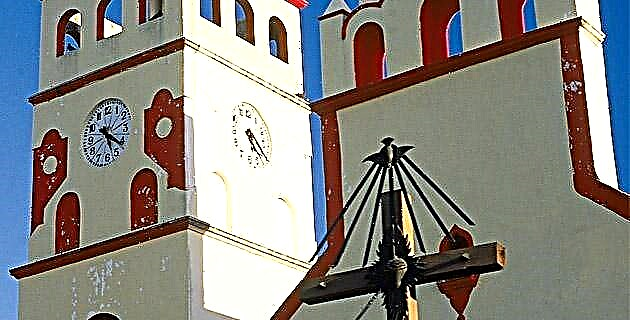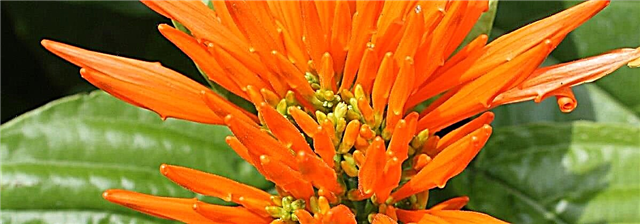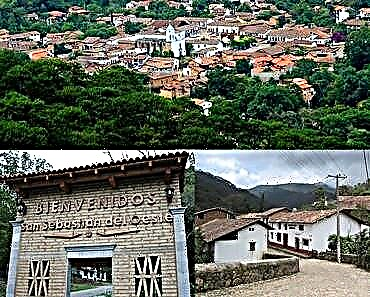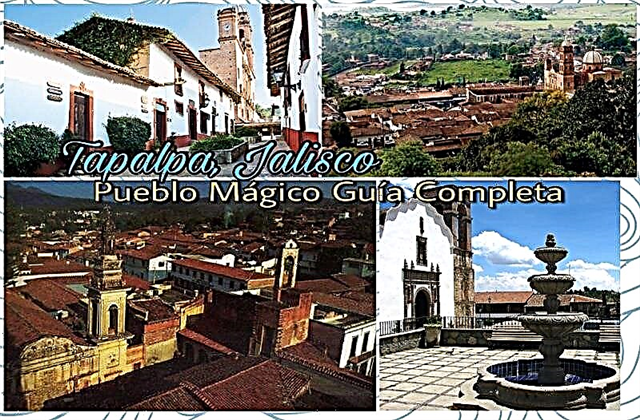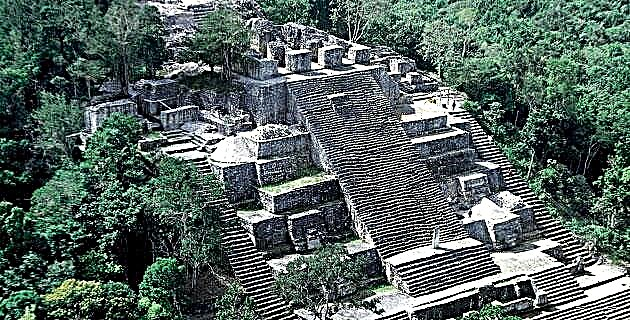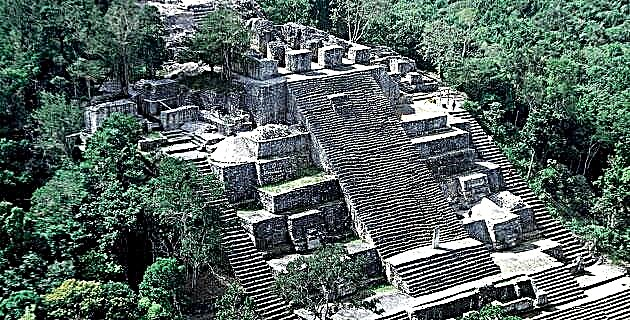
The Calakmul Biosphere Reserve, in Campeche, with about 750 thousand hectares, is the largest in Mexico in terms of tropical forest, with some 300 species of birds and five of the six cats that currently live in North America.
Just halfway to Calakmul you can already see a good sample of fauna from the side of the road. Even shortly before reaching the archaeological zone, a martucha or monkey at night returns to its burrow in the hole of a Ramón tree and an old man from the mountain crosses the road, without much haste. A little further on, a herd of 20 coatis searches for insects under the leaf litter and a graceful eagle carries a branch to reinforce its nest.
Then a troop of howler monkeys cross the jungle canopy, followed by a few spider monkeys jumping at high speed. A toucan watches them as they pass over his head and make him take flight with that typical sound of his knock knock song.
IN THE RESERVATION
To walk inside the jungle there are some circuits with special trails for visitors. As we slowly follow these paths with our senses wide awake, we realize that the jungle has three dimensions. As we are always looking at the ground to avoid stumbling or for fear of snakes; We never look up to the canopy of the jungle where thousands of species live. An extraordinary space that gives it the third dimension. There live in addition to monkeys, martuchas, hundreds of species of birds, insects and plants that grow on other plants, such as bromeliads.
CALAKMUL, TWO ADJACENT MOUNTAINS
In addition to being one of the best places for bird watchers and nature lovers, Calakmul was the most important city in the central region of the Mayan Empire, inhabited in the Pre-Classic and Late Classic periods (between 500 BC to AD 1,000. ). It contains the largest number of Mayan dynastic texts, as it is full of stelae, many crowning the two main pyramids, inside which the most extraordinary paintings of the Mayan world have been discovered, which are not yet open to the public.
Upon reaching the great plaza of Calakmul, which in Mayan means “two adjacent mounds”, the fog begins to lift little by little, leaving behind a bright sun and a strong humid heat. Fauna continues to appear everywhere. A trogon in the colors of the Mexican flag watches them closely and, in the same tree, a momot nervously moves with its tail in the shape of a pendulum. We went up to the great main pyramid, an extraordinary palace for its height and dimensions, which dominates the entire jungle.
THE BAT VOLCANO
To the north of the reserve, a deep cave only partially explored is home to an impressive population of bats. The limestone cave sits at the bottom of a basement about 100 meters deep in its longest shot. To descend, specialized caving equipment and a protective mask are required, as the amount of bat guano in the cave may contain the histoplasmosis fungus.
Every night they emerge from the mouth of the cave, like lava from a volcano. For more than three hours, countless bats come out and offer one of the most incredible natural spectacles to observe in the reserve. This place is very little known and only a few researchers and conservation organizations visit from time to time.
Bats are extremely important to forests. There are 10,000 known species of mammals in the world, of which 1,000 are bats. Each can eat more than 1,200 mosquito-sized bugs per hour and are therefore very effective in controlling pests. Furthermore, fruit bats are the main seed dispersers and pollinators in the rainforest. 70% of tropical fruits come from species pollinated by them, including mango, guava and soursop.
SUSTAINABLE USE
Undoubtedly, a reserve cannot survive if its inhabitants do not find formulas to take advantage of natural resources in a sustainable way, that is, to exploit them in a rational way, allowing their constant renewal.
Thus, beekeeping has become one of the activities best used by the ejidatarios of the region. The production of honey allows peasants to live off the jungle without cutting down their precious wood trees to introduce cattle or corn. These crops deplete the soils and extinguish the greatest wealth of this region: its biodiversity.
Another sustainable activity, if carried out properly, is the exploitation of the chicozapote tree for the extraction of the latex with which the chewing gum is produced. Since 1900 the area had a strong forest exploitation that intensified in the 40s with the extraction of chewing gum and, in the 60s of the 20th century, the wood industry replaced the chiclema as the main activity.
Chewing gum was already consumed by the ancient Mayans and became a popular product around the world when James Adams discovered that President Santa Anna was consuming it. Adams industrialized and made the product world famous, mixing it with flavorings and sugar.
Today, the chewing gum that we commonly consume is produced synthetically, with petroleum derivatives. However, the chicle industry continues to operate in various ejidos. One is on November 20, east of the reserve. Chicle extraction is done especially in the rainy season, from June to November, when the chicozapote tree is most productive. But these should not be exploited year after year, but once every decade, to prevent the tree from drying out and dying.
All these pressures have had significant ecological implications in this territory. However, the Calakmul Biosphere Reserve remains one of the best-preserved natural spaces in Mexico and, without a doubt, the land of the jaguar.
WALKING IN CALAKMUL, EXTRAORDINARY EXPERIENCE
It is the territory of abundance and diversity. It is not that there are many individuals of a single species. On the contrary, almost all are different from each other. The trees that are together are of various species. The ants on one tree are different from those on another. There may be a pepper tree separated by three km from another of the same species. They are all specialized in something. For example, many plants with yellow flowers open during the day to be pollinated by bees. For their part, those with white flowers, which are best seen at night, are opened for pollination by bats. For this reason, when a single hectare of forest is destroyed, species that we do not even know can be lost.


